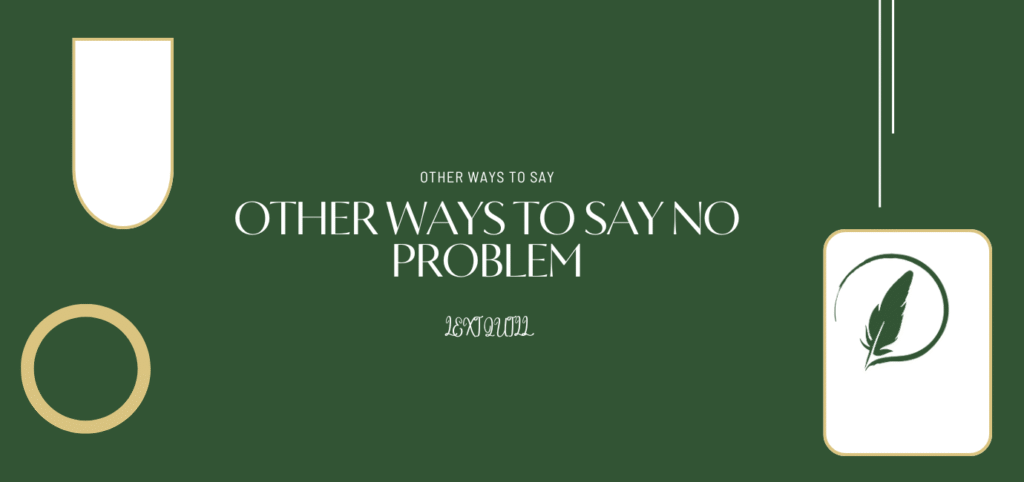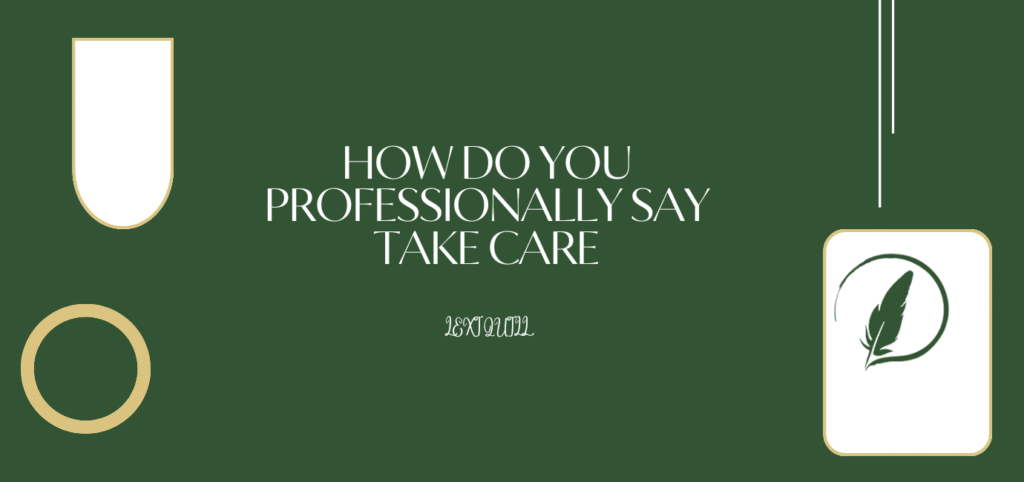In any professional setting, the way we communicate can significantly impact how we’re perceived. Words shape impressions—especially in high-stakes environments like business meetings, presentations, or client communications. A phrase as simple as “that’s bad” may sound casual or even harsh in a workplace, undermining your professionalism or credibility. That’s why knowing how to professionally say “that’s bad” can elevate your communication style and build trust with colleagues and clients alike.
In this article, we’ll explore practical and respectful business synonyms for “that’s bad” that convey concerns effectively without sounding negative or judgmental. Whether you’re a business professional, a student preparing to enter the workforce, or someone aiming to refine their language skills, these alternatives will help you communicate with tact and clarity.
Why Avoid Saying “That’s Bad” at Work?
Before we dive into alternatives, it’s important to understand why this phrase is problematic in business contexts:
- It’s vague – it doesn’t specify what’s wrong.
- It can come off as blunt or unconstructive.
- It lacks professionalism, especially in formal or diplomatic settings.
Now let’s look at professional synonyms for “that’s bad” that maintain clarity while showing respect and maturity.
Option 1: “That’s Concerning” – A Diplomatic Approach
This alternative softens the negativity while signaling that there’s an issue that needs attention.
When to Use It:
Use this in conversations where you’re expressing worry without assigning blame, especially in client meetings, performance reviews, or project evaluations.
Example:
“The drop in engagement rates over the past quarter is concerning. We should investigate the underlying causes.”
Related Professional Synonyms: troubling, problematic, worrisome.
Option 2: “That Raises a Red Flag” – Highlighting Risk
This phrase is effective when you want to professionally point out a potential issue that may lead to bigger problems.
When to Use It:
Best used in risk assessments, compliance discussions, or when analyzing reports and data.
Example:
“The inconsistency in these financial reports raises a red flag. Let’s have the finance team review them closely.”
Business Synonyms: poses a risk, is a warning sign.
Option 3: “That Could Be Improved” – Constructive and Collaborative
This phrasing turns criticism into an opportunity for improvement, ideal for team interactions and performance feedback.
When to Use It:
Use this during brainstorming sessions, performance appraisals, or collaborative reviews.
Example:
“The formatting of this proposal could be improved to enhance readability for the client.”
Professional Synonyms: needs enhancement, has room for improvement.
Option 4: “That Might Not Be Ideal” – Subtle Yet Honest
This option works well when you want to suggest something is less than optimal without being too direct.
When to Use It:
Useful during internal discussions or early project reviews where tact is important.
Example:
“Delivering the project with that timeline might not be ideal, especially considering our current resource constraints.”
Business Synonyms: suboptimal, less than desirable.
Option 5: “That Doesn’t Align with Our Goals” – Strategic Language
This version shifts the focus from general negativity to misalignment with business objectives, offering a more rational critique.
When to Use It:
Ideal for leadership conversations, strategic planning meetings, or client presentations.
Example:
“Pursuing that partnership doesn’t align with our long-term sustainability goals.”
Professional Synonyms: inconsistent with our mission, misaligned with our priorities.
Option 6: “That May Pose a Challenge” – Solution-Oriented Framing
This phrase allows you to acknowledge a problem while opening the door to discussion and solutions.
When to Use It:
Great for problem-solving meetings, risk assessments, or progress updates.
Example:
“Introducing that new feature may pose a challenge given our current development capacity.”
Business Synonyms: potential obstacle, could complicate matters.
Option 7: “That’s Less Than Expected” – Neutral and Fact-Based
This is a polite, factual way to express disappointment or underperformance.
When to Use It:
Common in performance reviews, analytics discussions, or client feedback.
Example:
“The campaign’s ROI this quarter was less than expected. Let’s look into how we can optimize for next time.”
Professional Synonyms: below expectations, underperforming.
Why Professional Language Matters
Choosing thoughtful, respectful alternatives to phrases like “that’s bad” is more than just a language upgrade—it’s a strategic skill. Here’s why:
- Enhances clarity: Clear language avoids misunderstandings.
- Builds credibility: Professional tone reinforces your competence.
- Fosters collaboration: Respectful feedback encourages open dialogue.
- Reduces conflict: Tactful communication prevents defensiveness.
In short, how you say something can be just as important as what you say.
Conclusion:
Learning how to professionally say “that’s bad” is a small but impactful step toward more effective workplace communication. Whether you’re pointing out flaws, offering feedback, or evaluating outcomes, the goal is to be clear, respectful, and constructive.
By using alternatives like “that’s concerning,” “that could be improved,” or “that doesn’t align with our goals,” you can maintain a professional tone while still addressing important issues head-on.
Start incorporating these professional synonyms for “that’s bad” into your daily communication and watch your professional presence grow stronger, more thoughtful, and more respected.








